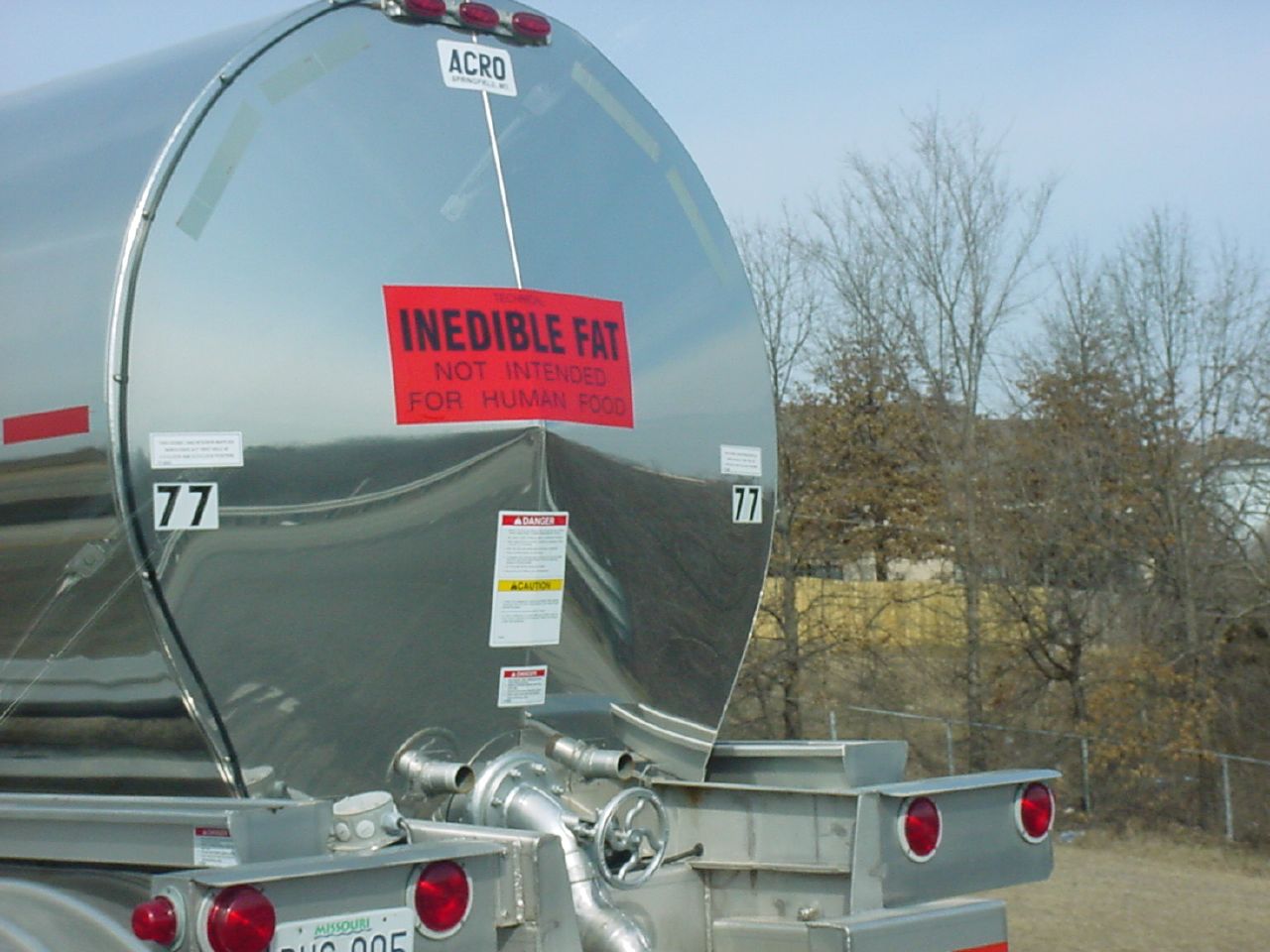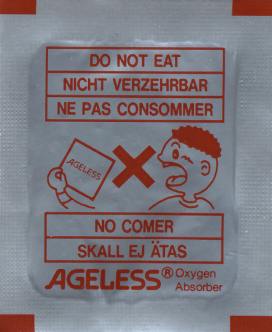My first post on willpreachforfood.com included a list of my best guesses of the tags that would be attached to subsequent posts. This list was both to prepare you, the reader, and to provide myself with some direction. Some of the tags have been more used than others, which I expected. But some have been strikingly (to me) unused. Here are two of the unused tags and their initial descriptions from that post:
7. God & the Bible. At the time of this writing, I’m not a pastor anymore, but am still a Christian. It’s fair to say I’ve been struggling with God for a few years now. Maybe my relationship with God mirrors my relationship with writing in some ways; both connecting with God and writing take time, focus, and are easy to put off for another day.
8. Church & Ministry. Not sure what I’ll be saying about this yet.
8. Church & Ministry. Not sure what I’ll be saying about this yet.
Many of the readers of WPFF know that I was an associate pastor for 4 years at a fairly new, gen-X-ish church in my hometown. It took me about 2 years to get the hang of the job, and another 2 years to dramatically burn out and quit under the weight of escalating, poorly-understood, poorly-communicated, and poorly-addressed conflicts between me and some of the leaders at my church. This weight was in addition to typical ministry stress, and I felt that my walk with God was being overwhelmed by conflict-born waves of frustration and disillusionment.
The church—comprised of my closest friends—was also suffering. So was my family. With the goal of preserving most of the things that mattered most to me, I walked away.
Initially, things were OK. I could breathe again, and I could spend time with my wife and daughters without feeling like half my heart was battered beyond repair, and that the half that was still alive was looking over my shoulder, bracing for the next round of conflict.
While I was waiting for my walk with God and my passion for ministry to resurrect, I instead found myself looking back at how everything related to my departure transpired, and I grew sadder and more confused.
I also felt more and more “set up” by God. An old friend of mine was once backing out of his garage on his way to school. The problem was that he forgot to open the garage door before doing so. And the jaw-dropping aspect of the event was that his sister was in the car with him, and knew that the garage was still closed—and didn’t say anything!
As I looked back, I increasingly felt like I had spent 4 years backing out of a garage with the garage door still closed, and that God was in the car the whole time and didn’t say anything. Or at least not loud and clear enough for me to hear Him.
Without trying, I have retrospectively come to view most of the characteristics of myself (e.g., easy-going nature, desiring to connect with the marginalized, giftedness at writing)—that I had once valued as uniquely God-given strengths—instead as flaws that kept me from seeing the garage door. Disillusionment and embarrassment have grown. My walk with God has not.
Starting this blog was a huge step for me to tread into the waters of making use of my strengths again. And when I wrote the first post, I thought that within a month, I would have fresh and exciting things to say related to the tags that I copied and pasted above.
I’m not there yet. I still don’t know what I would, could, or should say.
Today, as I was thinking about underused tags in the WPFF archive, I thought about forcing the issue a little bit. What could I possibly write about that could be tagged either “God & the Bible” or “Church & Ministry”?
I thought about our new church, Jubilee Church. I still feel funny calling it “our church.” I don’t know if I’ll ever feel comfortable calling a church that again. But it’s the church that we’ve been attending for 2 1/2 years.
I thought that a safe, harmless, and edifying post—but one that could move me towards more individually substantial posts in the future—could be “things I like about our new church.” So, without further ado, here’s some things I like:
1) The Pastor. Bryan is down-to-earth, conversational in his messages, and funny. He actually carries himself a lot like I do, which is a trait I usually find pretty annoying in people, but Bryan pulls it off. He once even wore a shirt identical to one that I own, and I am nothing if not world-renowned for my fashion sense.
He values people and the grace of God. He really pushes the grace stuff, which is good. He has experienced it, and he is eager to share it with others. He comes across like a drifter who happened to get picked up by God and who is very thankful for it.
2) The Sunday Morning “Schedule.” I haven’t checked this lately, but when we started coming to Jubilee, the website gave the ending-time of the Sunday service in the form of a time-range. When I first met Bryan, I asked him why this was. His explanation was matter-of-fact and dripping with common sense: No one at the church knew exactly what the Holy Spirit would be doing any given Sunday, and they figured they should at least give Him some time flexibility on finishing His work. I loved it.
3) The Approach to Money. Money is a huge topic in the Bible. It’s also a topic that scares a lot of people away from church, never to return. So what’s a church to do? At Jubilee, the approach is to talk about money with roughly the same frequency that it is talked about in the Bible, while at the same time making it clear that Jubilee as an organization couldn’t care less about YOUR money. For example, Jubilee is footing the bill for anyone at the church to attend a regional church conference at the start of June. Registration is around $100 per person, but Jubilee actually printed a code on their program for anyone to use on the registration website that completely waves the fee. Jubilee is covering thousands of dollars of fees, trusting that God will take care of the church’s finances as He sees fit.
4) The Facilities. A few years ago, Jubilee moved into a building that had been a funeral home. Turns out, funeral homes make great church buildings. Big foyer, lots of kids rooms, large meeting room, plenty of parking.
The interior design is contemporary but not showy. The signage and layout are functional but not sterile. All very nice.
5) Worship. Full band, regularly including a favorite instrument of mine that is surprisingly neglected in some newer churches: the keyboard. The worship leading is solid across the board. Songs continue long enough to build momentum, but not so long to seem manipulative. Typos and technical glitches are rare, and are quickly fixed.
6) Diversity. In most churches, anything more than token diversity is fairly difficult to achieve, especially in mid-west cities and towns that are generally fairly segregated. But several different ethnicities, nationalities, ages, and socio-economic groups are represented at Jubilee, and the level of diversity is one I have seldom experienced in a church.
7) Prayer. After service on Sunday morning, attendees are invited to walk down to the front and pray with any of the team of pray-ers that gathers for that purpose. It’s nothing dramatic or showy. They’re just there, ready and willing to pray with and for you for whatever reason you’d like.
All in all, Jubilee Church has been a blessing to me and my family for the past many months. I am grateful, and I am glad to share some of its strengths with you while I continue to sort out and make use of my own.
Blessings.
-THP







.jpg)





